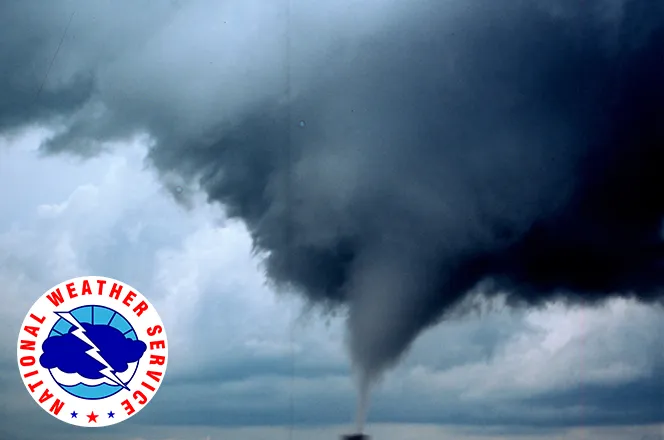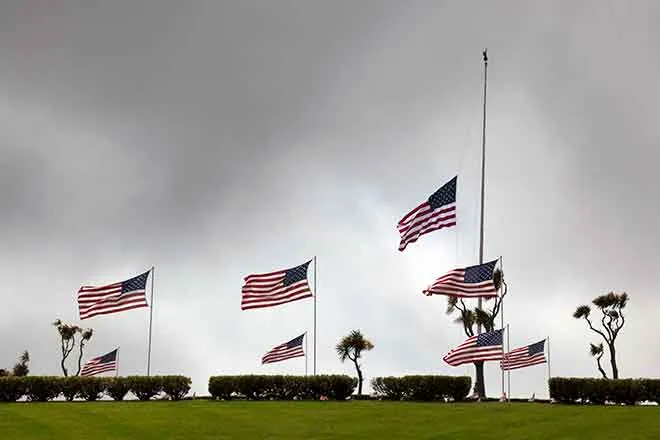
Wildfire Safety and Mitigation
(Sixth in a week-long series on flood and fire issues in Colorado. Thursday's article can be found here.)
During this Colorado Flood Safety and Wildfire Awareness Week we have discussed floods, flash floods, and how to stay safe when flooding threatens. We also told you that areas burned by wildfires are highly susceptible to flash floods within the first two or three years after the wildfire.
Today we will provide you with information about wildfire safety and mitigation that could save your life and minimize destruction to your personal property.
Colorado experienced some very devastating wildfires in 2012 and 2013, including Waldo Canyon, High Park, Black Forest, Royal Gorge, East Peak, and West Fork Complex, which burned over a hundred thousand acres of forest. Several people were killed and over a thousand buildings and houses were destroyed.
All wildfires need fuel to burn, typically in the form of dry vegetation, as often occurs in forests, grasslands, and cured wheat fields. Tragically, some wildfires also kill people and destroy homes, vehicles, and other personal property. If you live near or within a forest, grassland, or wheat field, there are some actions you can take to minimize your vulnerability to wildfires.
If you are a homeowner, the first defense against wildfire is to create and maintain a defensible space around your home. Defensible space is the area around a home or other structure where fuels and vegetation are treated, cleared or reduced to slow the spread of wildfire.
Creating wildfire-defensible zones also reduces the chance of a structure fire spreading to neighboring homes or the surrounding forest. Defensible space also provides room for firefighters to do their jobs when fighting a wildfire.
More information on how to make a defensible space around your home can be found on the Colorado state forest service website at http://csfs.colostate.edu/wildfire-mitigation/
During periods of extreme fire danger in forests and rangelands…
- you should avoid being in areas where you might become trapped by a wildfire.
- you should avoid the use of matches or anything else which could ignite a fire.
- make sure that hot parts of motorized equipment, such as mufflers, are not allowed to come in contact with dry grasses or other potentially flammable material.
If you become trapped or cut off by a wildfire, seek shelter in areas with little or no fuel…such as rock slide areas or lakes.
For more information on wildfires and fire safety, please check out the following web sites
http://www.srh.noaa.gov/ridge2/fire/
http://www.ready.gov/wildfires

















